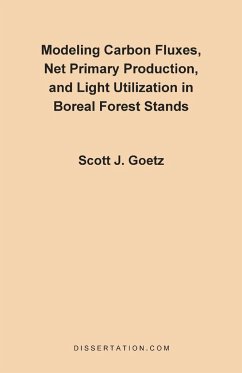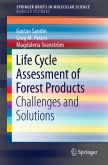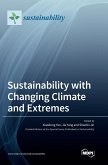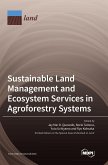Wildland fire is an important, pervasive, and a sometimes-destructive ecological process in many forest ecosystems across the globe. In some cases, wildland fire maintains and reinforces forest dynamics. This is common, for example, in forests with thick-barked species that are adapted to frequent, low-severity fires or in forests where species' regenerative traits (e.g., serotiny, resprouting) allow them to endure regimes of recurrent high-severity fire. However, wildland fire can also act as a catalyst that changes the successional trajectory of forest ecosystems, particularly if the factors responsible for historical fire regimes (e.g., frequency, severity, or season) have been substantially altered and exceed species' adaptive capacity. Examples of these situations include effects of extreme fire weather and drought, fuel buildup due to fire exclusion or insect-induced mortality, and interactions between these factors. Some of these situations may result in fire-induced conversions from forest to non-forest ecosystems.








